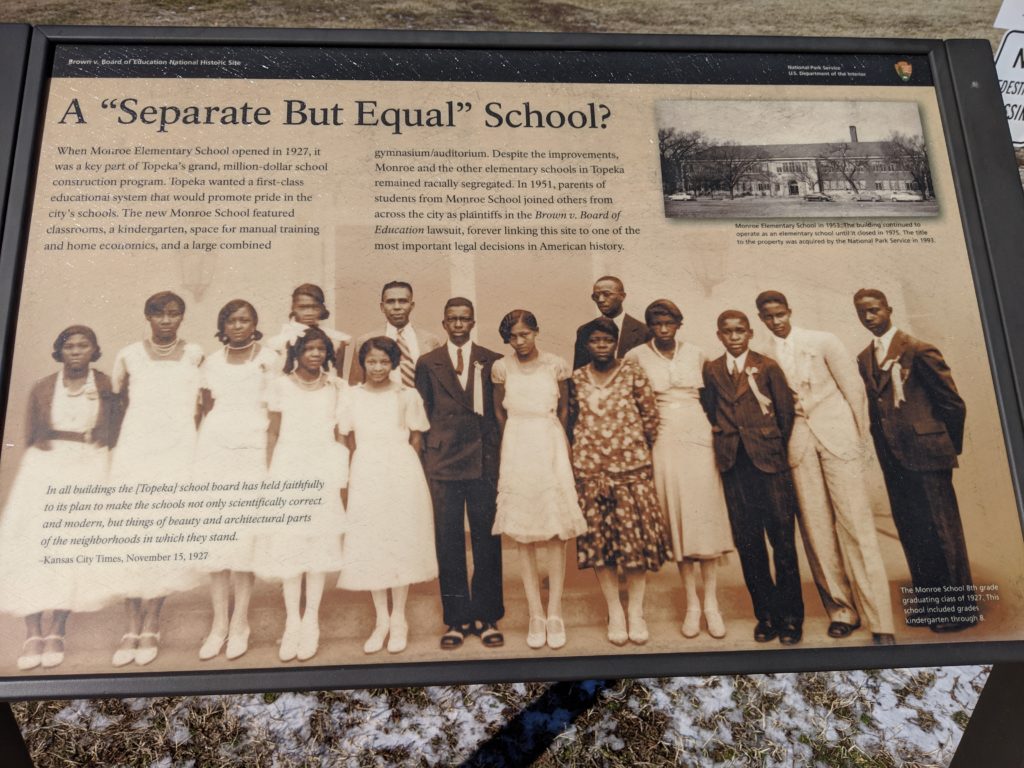

By the 1930s, however, the activities of the NAACP began focusing on the complete integration of American society. In its early years its primary goals were to eliminate lynching and to obtain fair trials for Black Americans. In 1909 the National Association for the Advancement of Colored People (NAACP) was officially formed to champion the modern Civil Rights Movement. One dissenter on the Court, Justice John Marshall Harlan, declared the Constitution "color blind" and accurately predicted that this decision would become as baneful as the infamous Dred Scott decision of 1857. Thus, the "separate but equal" doctrine became the constitutional basis for segregation. The high court upheld the lower courts, noting that since the separate cars provided equal services, the equal protection clause of the 14th Amendment was not violated.

Homer Plessy, a Black man from Louisiana, challenged the constitutionality of segregated railroad coaches, first in the state courts and then in the U.

In 1896, the Supreme Court upheld the lower courts' decision in the case of Plessy v. The races were separated in schools, in restaurants, in restrooms, on public transportation, and even in voting and holding office. With this ruling, the Supreme Court narrowed the field of legislation that could be supported by the Constitution and at the same time turned the tide against the civil rights movement.īy the late 1800s, segregation laws became almost universal in the South where previous legislation and amendments were, for all practical purposes, ignored.

However, a reactionary Supreme Court reasoned that this act was beyond the scope of the 13th and 14th Amendments, as these amendments only concerned the actions of the government, not those of private citizens. In 1875, Congress also passed the first Civil Rights Act, which held the "equality of all men before the law" and called for fines and penalties for anyone found denying patronage of public places, such as theaters and inns, on the basis of race. These two amendments, as well as the 15th Amendment protecting voting rights, were intended to eliminate the last remnants of slavery and to protect the citizenship of Black Americans. While the 13th Amendment to the United States Constitution outlawed slavery, it wasn't until three years later, in 1868, that the 14th Amendment guaranteed the rights of citizenship to all persons born or naturalized in the United States, including due process and equal protection of the laws. It includes topics such as segregation, racism, citizenship, women's independence, immigration, and more. The "Rights in America" page on DocsTeach includes primary sources and document-based teaching activities related to how individuals and groups have asserted their rights as Americans.


 0 kommentar(er)
0 kommentar(er)
